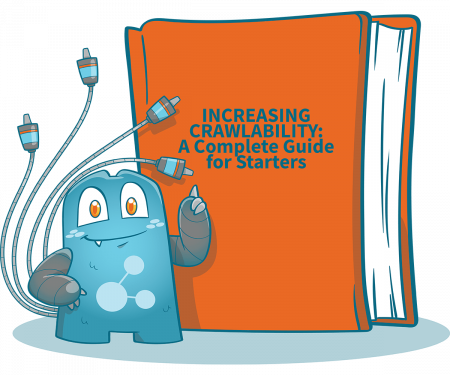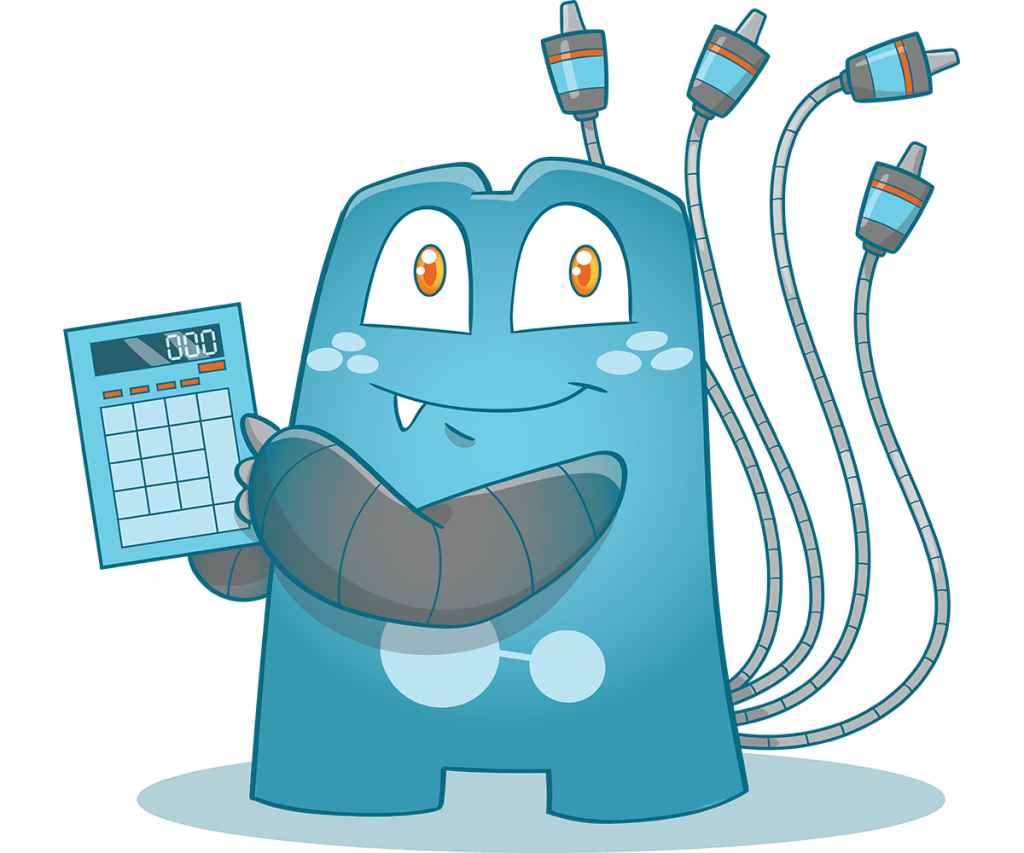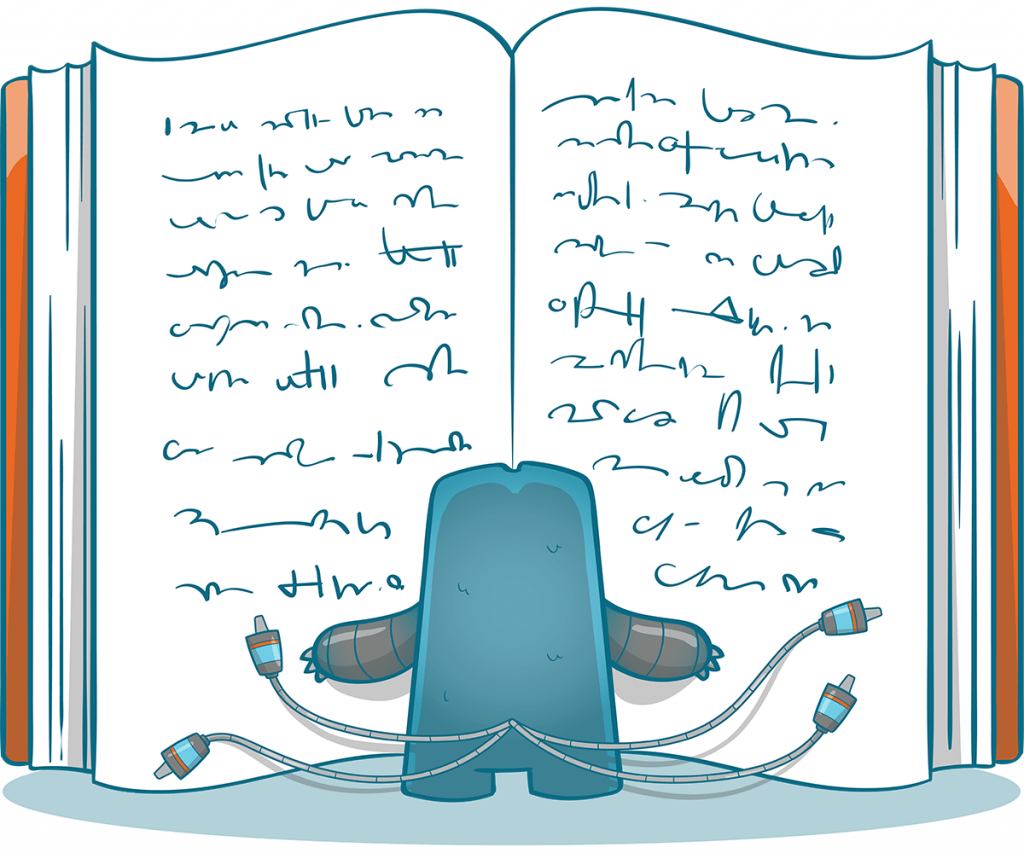Increasing Crawlability: A Complete Guide for Starters

There are many factors that go into making a website successful. One of the most important is crawlability. If your website isn’t crawled by search engine spiders, it won’t show up in search engine results pages (SERPs). In this article, we will discuss what crawlability is and how you can increase it on your own website. We’ll also cover some common issues that can prevent spiders from crawling your site and how to fix them.
Search Engine Optimization and SEO Crawlers
Search engine optimization is the process of optimizing a website for Google’s search engine. The goal is to improve the visibility of the site in SERPs. One way to do this is to make sure the site is crawlable by Google’s spiders.
Crawlability is the ability of search engine crawlers to reach and index all the pages on a website. If your website is not crawlable, it will not show up in SERPs. There are many factors that affect crawlability, but the most important is the website’s structure.
A well-structured website is easy for spiders to crawl and index. It has a clear hierarchy and logical navigation. Each page is linked to from other pages on the site. The website’s code is clean and free of errors.
There are a few common issues that can prevent spiders from crawling your site. One is a robots.txt file that blocks all spiders from accessing the site. Another is using dynamic URLs that contain characters that are not recognized by spiders. Finally, some websites use cloaking, which is when different content is served to users and spiders. Cloaking is considered a black hat SEO technique and can result in a website being penalized by Google.
If you want your website to be crawled and indexed by Google, you need to make sure it is crawlable.
Search Engine Crawlers
Search engine crawlers are programs that crawl websites and index their pages. They are used by search engines to determine what a website is about and where it should rank in SERPs. There are many different types of crawlers, but the most common is Googlebot.
Googlebot is the name of Google’s primary crawler. It is responsible for crawling and indexing billions of pages on the internet. Googlebot is constantly crawling the web, but it doesn’t index every page it finds. Instead, it focuses on pages that are most relevant to the user’s search query.

Crawl Budget for Your Website
The crawl budget is the number of pages Googlebot can and wants to crawl on your website. It is determined by the size of your website, the speed of your server, and the number of outgoing links on each page. The crawl budget is not a set number; it can fluctuate based on these factors.
it is important for you to understand your website’s crawl budget. If you have a large website, Googlebot will not be able to crawl all of your pages in one go. This means that some of your pages may not be indexed.
6 Factors that Affect Crawl Budget
Website Size
The size of your budget plays a huge role in determining your website’s crawl budget. If you have a large website, it will take Googlebot longer to crawl and index all of your pages. This means that your budget will be smaller.
Server Speed
The speed of your server also affects your website’s crawl budget. If your server is slow, it will take Googlebot longer to crawl your pages. This means that your budget will be smaller.
Number of Outgoing Links
The number of outgoing links on each page also affects your website’s crawl budget. If you have a lot of outgoing links, it will take Googlebot longer to crawl your pages. This means that your budget will be smaller.
Frequency of Website Updates
Google usually prioritizes websites that often updates their content. If you want Googlebot to crawl your pages more frequently, you should make sure to update your content regularly.
Website Popularity
The number of visitors also plays a role in determining your website’s crawl budget. If your website is popular, it is more likely that Googlebot will crawl it more frequently. To ensure that you receive a lot of crawl budget, you will have to create popular content that is shared often.
Duplicate Content
Duplicate content can also affect your website’s crawl budget. If you have a lot of duplicate content, it is more likely that Googlebot will skip over your pages. To avoid this, you should make sure to create unique and original content.
Increasing Crawlability
Now that we’ve covered what crawlability is and why it’s important, let’s take a look at how you can increase it on your own website.
Submit a Sitemap to Google
One of the best ways to increase crawlability is to submit a sitemap to Google. A sitemap is a file that contains a list of all the pages on your website. It helps Googlebot discover new and updated pages on your site. You can create a sitemap using a tool like XML-Sitemaps.com.

Use Internal Links
Internal links are links that point from one page on your website to another. They help Googlebot crawl and index your site. Internal links also help users navigate your site. Use them liberally, but make sure they are relevant and add value to the user experience.
Internal links help Googlebot discover new pages on your site and understand the relationship between them.
Fix Broken Links
You can also increase crawlability by fixing broken links on your website. Broken links are links that lead to pages that no longer exist. They can prevent Googlebot from crawling your site and result in a poor user experience. You can use a tool like Screaming Frog to find and fix broken links on your website.
Promote Your Website on Social Media
Finally, you can increase crawlability by using social media to promote your website. When you share your content on social media, it helps Googlebot discover new pages on your site. It also helps to build backlinks, which are links from other websites to your website.
Site Crawlability and Website Structure
Website structure is probably the most important aspect to consider when thinking about site crawlability. A well-structured website will be much easier for Googlebot to crawl and index.
A well-structured website has a clear hierarchy and uses internal linking to help Googlebot understand the relationship between pages.
So, how do you create an excellent and well-structured website architecture?
Always Have a Plan
The first step is to always have a plan. You need to know what pages you want on your website and how you want them to be organized. This will make it much easier to create an effective website structure.
You also need to consider which pages should be easily accessible to users and which pages can be buried a little bit deeper. The more important the page, the easier it should be to find.
In addition, you also need a detailed plan that shows the connection between your pages. This way, you won’t forget to link to important pages on your site.
Use Silos
Another effective way to structure your website is to use silos. Siloing is the process of organizing your website into categories or “silos.” This helps Googlebot understand the relationship between your pages and makes it easier to crawl your site.
It also helps to improve the user experience because users can easily find the information they are looking for on your website.
To silo your website, you need to first identify the main categories of your site. Then, you need to create a page for each category and link the pages together.
For example, if you have a website about cars, you might have the following categories:
Cars
- Make and Model
- Maintenance
- Car Buying Guide
Each of these categories would be its own page on your website. You would then link the pages together to create a siloed structure.
Use Breadcrumbs
Breadcrumbs are a type of navigation that helps users understand their location on your website. They also help Googlebot understand the relationship between your pages.
Breadcrumbs look like this:
Home > Cars > Maintenance
They typically appear at the top of a page and show the path the user took to get to the current page.
Breadcrumbs are a great way to improve the user experience and increase crawlability.
Google also uses breadcrumbs when they display search results. So, it’s important to make sure your breadcrumbs are accurate and up-to-date.
To add breadcrumbs to your website, you can use a plugin or add them manually.
Use Relevant Keywords
When creating your website, be sure to use relevant keywords. These keywords will help Googlebot understand what your website is about and how it should be categorized.
In addition, using relevant keywords will help you rank higher in search results. This can result in more traffic to your website.
There are a few places you can use keywords to improve site crawlability:
- Title tags
- Meta descriptions
- Header tags
- Alt text
- URLs
Do not stuff your keywords or use them excessively. This will hurt your website more than it will help.
Crawlability: A Concept that Starters Need to Understand
As a starter, you will need to master this area if you ever want to see your website in the top search results. Crawlability is a process that happens behind the scenes, but it is vitally important to your website’s success.
Enhancing crawlability isn’t an easy task to accomplish. That is why it would help if you can use plugins that will allow you to improve the process of enhancing crawlability. One plugin you can use is the Internal Link Juicer. It helps you create silos and internal links that will direct crawlers to your most important pages.

